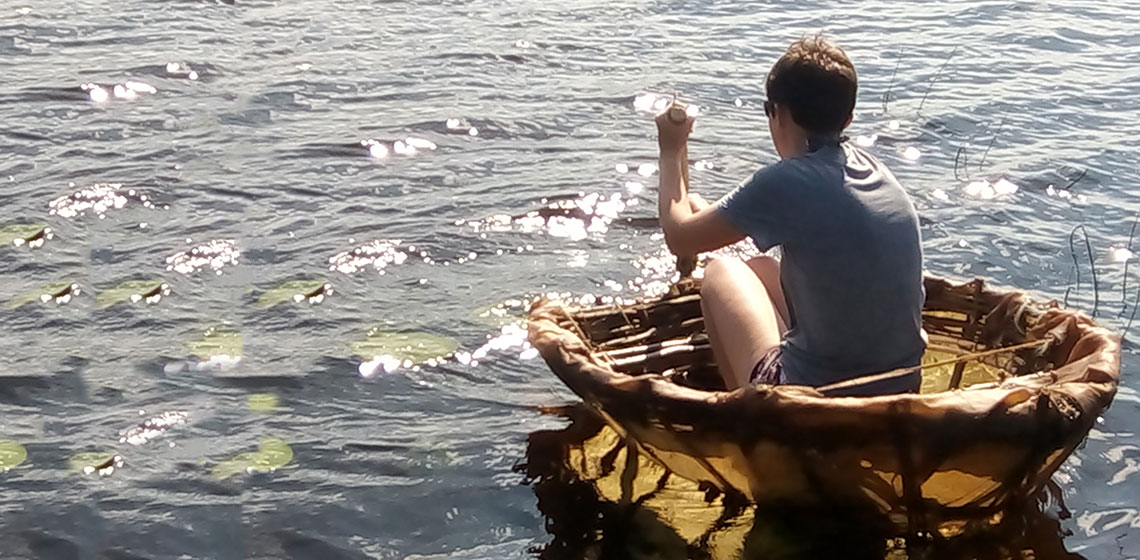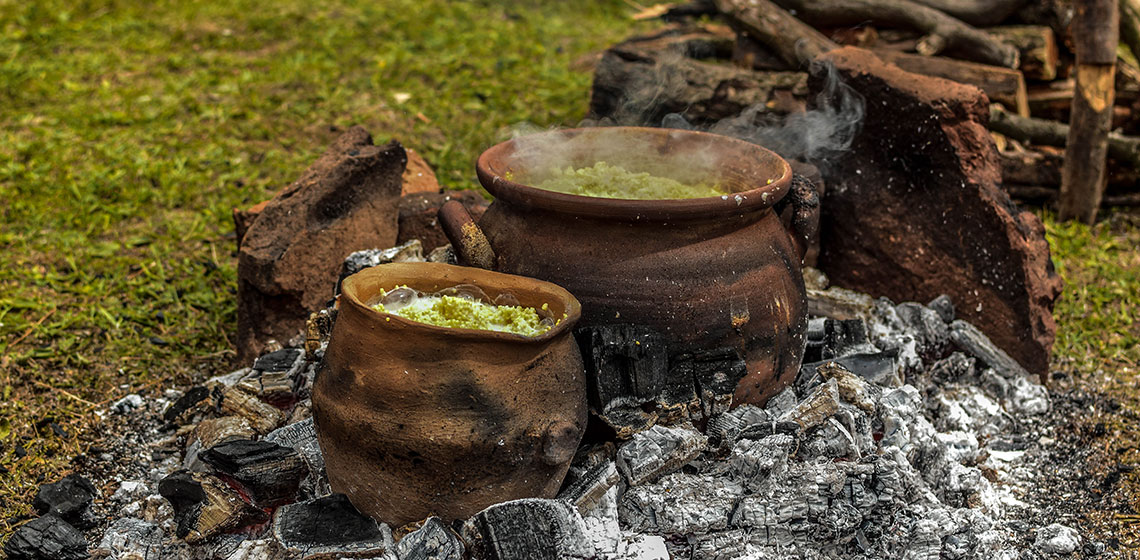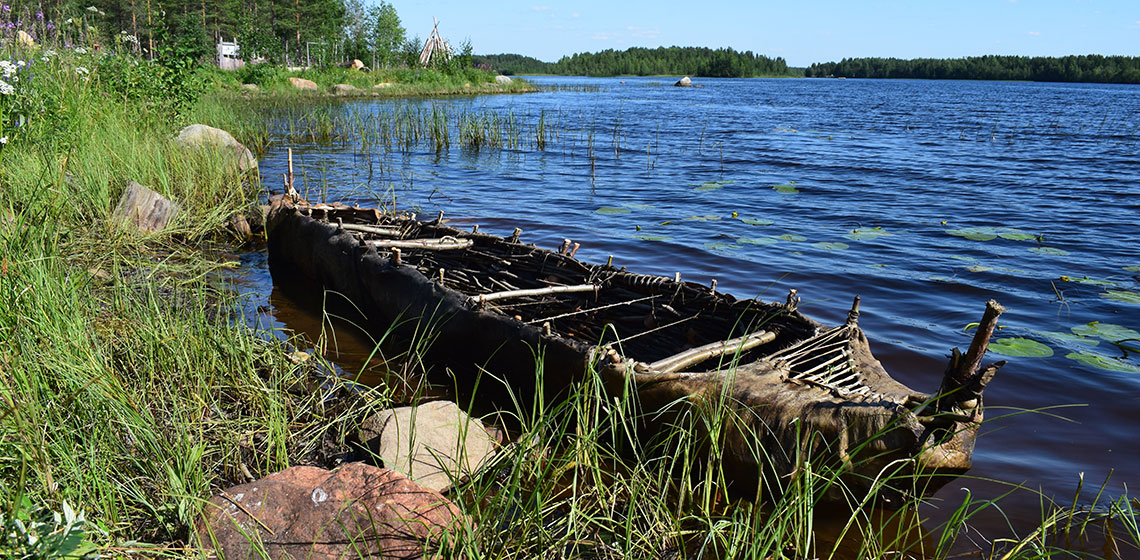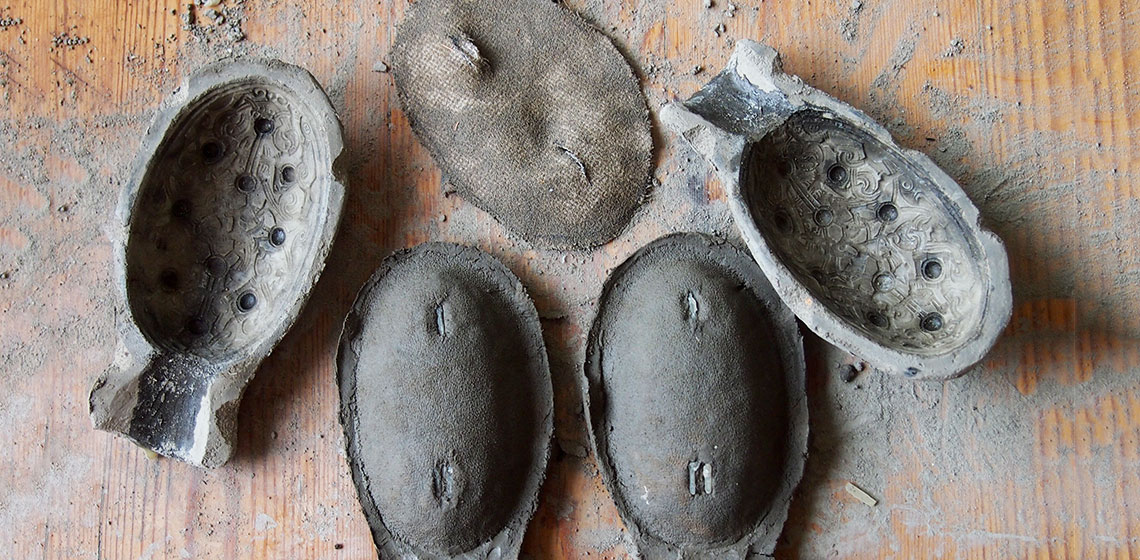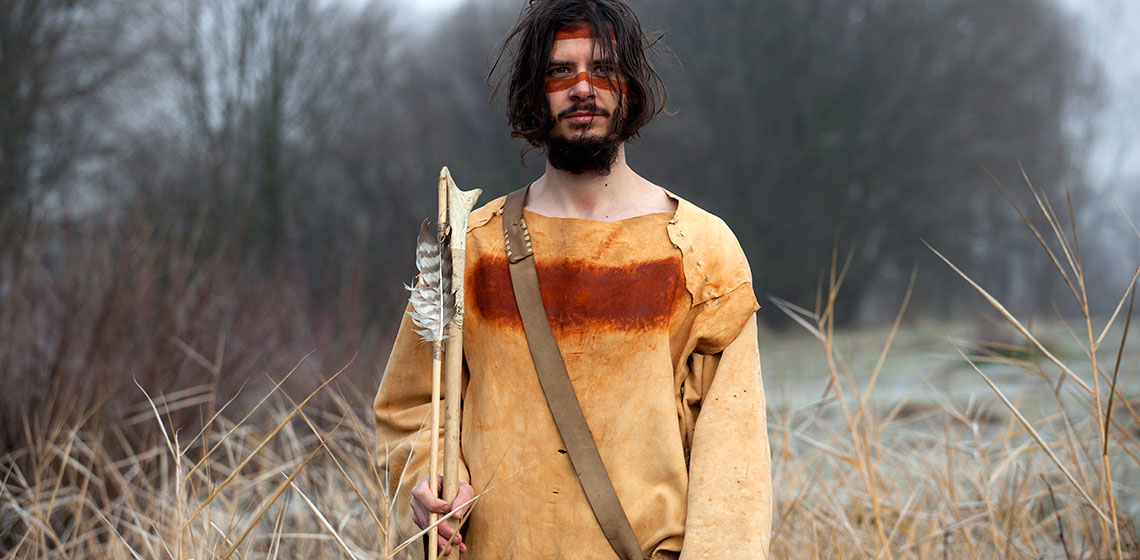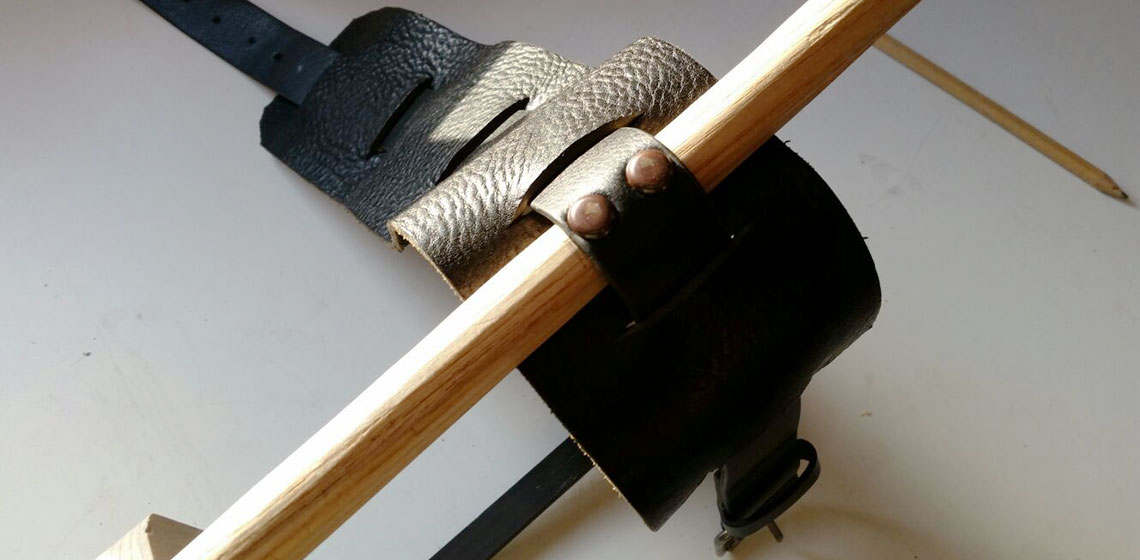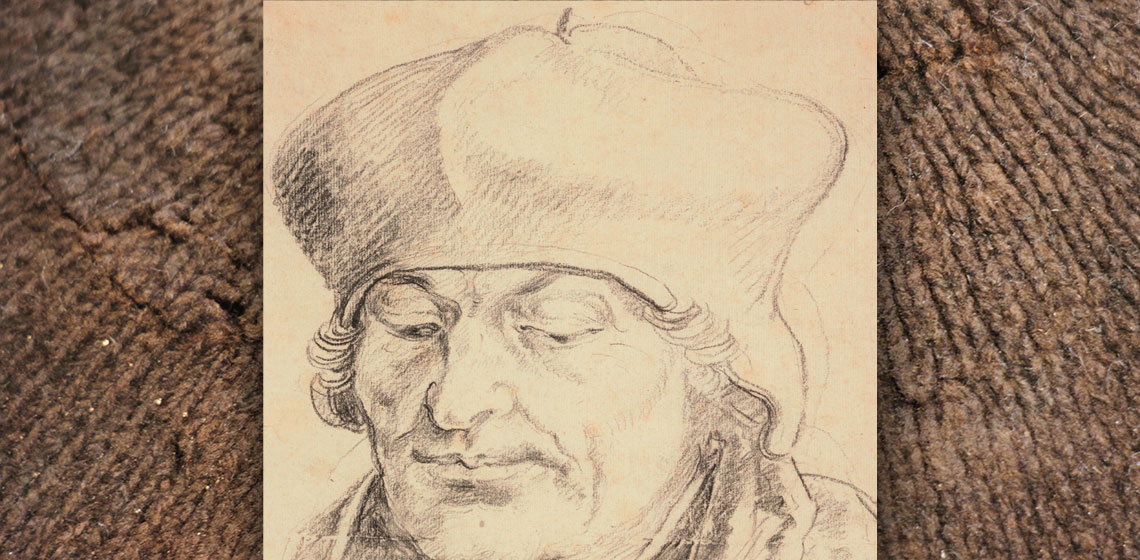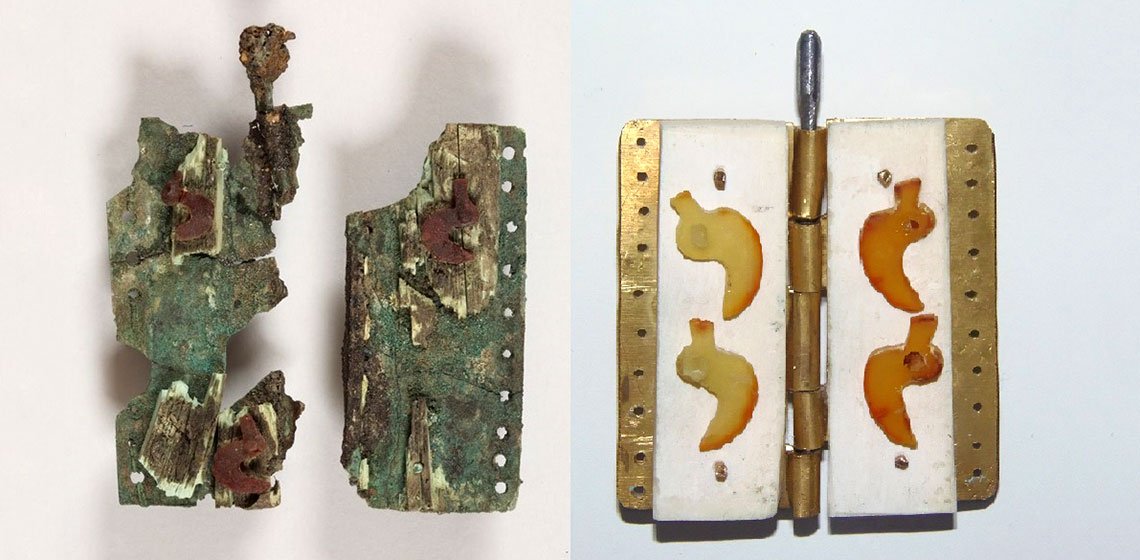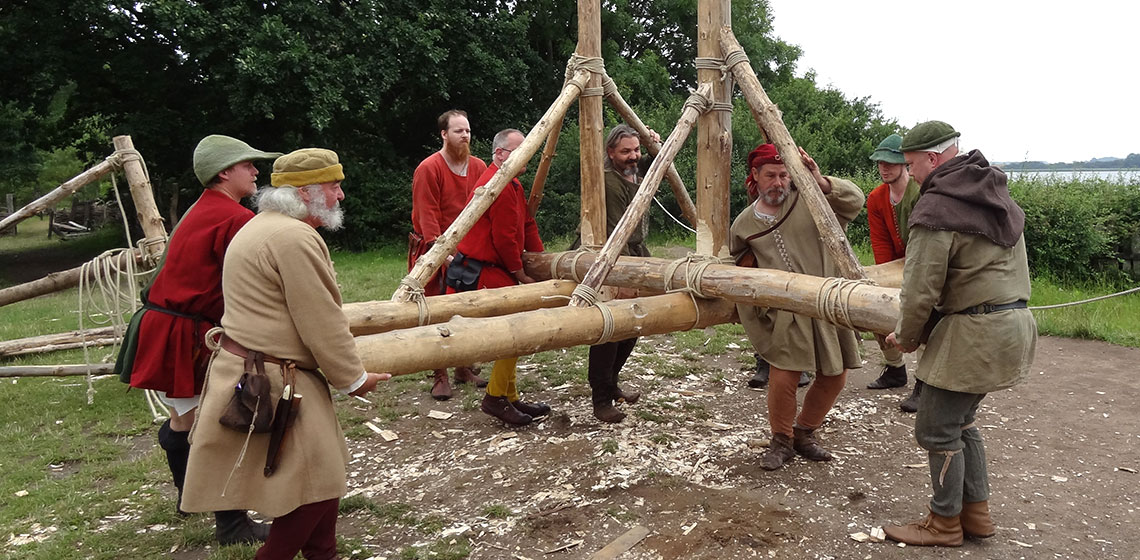Loncarski Center Bahor, zavod za razvoj in promocijo loncarstva (SI)
We are a pottery center and part of our activities is dealing with replicas. We provide researches of ancient pottery techniques and use of the ceramic items. We are a nonprofit private institution.
Pottery Center Bahor, Institute for the Development and Promotion of Pottery - we have a unique place, an outdoor place where we build replicas prehistoric kilns. We work with students of Archeology Faculty of Ljubljana- to provide practice on ceramic themes. Our team uses the facilities to offering a wide diversity of courses on material culture, ancient technology, and experimental archaeology, but not only for adults- we have a lot of schools, pupils to work with.

